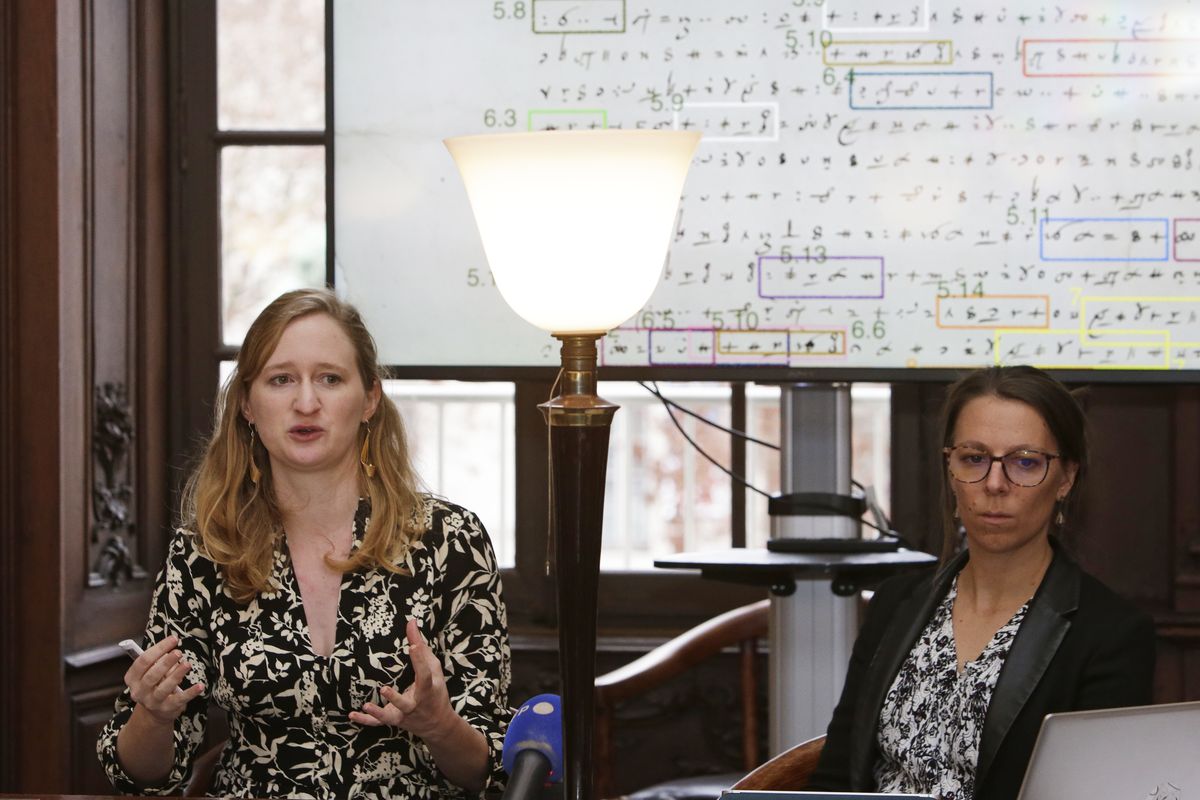In 1547, the King of Spain sent a coded letter to his ambassador in France. Now, after nearly 500 years, researchers have finally cracked the code and can read the letter. It turns out that the king was worried someone might be trying to kill him.
Charles V was the king of Spain from 1516 to 1556. But his power went far beyond Spain. As the “Holy Roman Emperor”, Charles V controlled lands across Europe. In spite of his great power, he had to manage many threats.

(Source: Juan Pantoja de la Cruz [Public domain], via Wikimedia Commons.)
At the time, many forces were competing to control Europe, including powerful groups with different religious beliefs. Relations with other leaders were tricky.
Three years before the letter was written, Charles V had made a peace deal with King Francis I of France. But there was still a lot of information he didn’t want to share with the King of France.
At the time, the only way to communicate across long distances was to send letters. But letters weren’t secure. They could easily be copied or stolen. So Charles V used a complicated code to send information that needed to be kept secret.

(Source: Clotilde Verdenal ©LoeiLCreatif, Nancy.fr.)
Cecile Pierrot is a cryptographer – an expert in codes. Years after hearing about the letter, she finally found it in the basement of the Stanislaw Library in Nancy, France. She and a team of other cryptographers began to try to figure out what the letter said.
Parts of the letter were written in ordinary French. But the coded parts were made up of about 120 different symbols. The code was harder to crack than Ms. Pierrot expected. But as the researchers studied the three-page letter, they began to notice some patterns.

(Source: Nancy.fr.)
Some symbols stood for just one letter. Others stood for several letters combined. And a few of the symbols stood for whole words. To make things more difficult, some symbols meant nothing at all and were only included to make the code harder to crack.
Progress went faster once the team started working with historian Camille Desenclos. She showed the team other coded letters sent to and from Charles V. On one of those letters, the person who got the letter had written out what the coded part of his letter meant.

(Source: Clotilde Verdenal ©LoeiLCreatif, Nancy.fr.)
Some of the symbols on that letter were the same as the code the researchers were working on. Finding the letter helped them break their code much more quickly. “It was the key,” said Ms. Pierrot.
The team says the decoded letter tells them a lot about tensions in Europe at the time. Charles V makes it clear that he wants to keep the peace with France. He also says he has heard a rumor that someone might be trying to kill him. He asks his ambassador to find out anything he can about the rumor.
The discovery opens to door to even more history. There are hundreds of similar letters all over Europe. Now that the code is broken, historians will have a much easier time learning what Charles V was thinking about during his time as leader.
